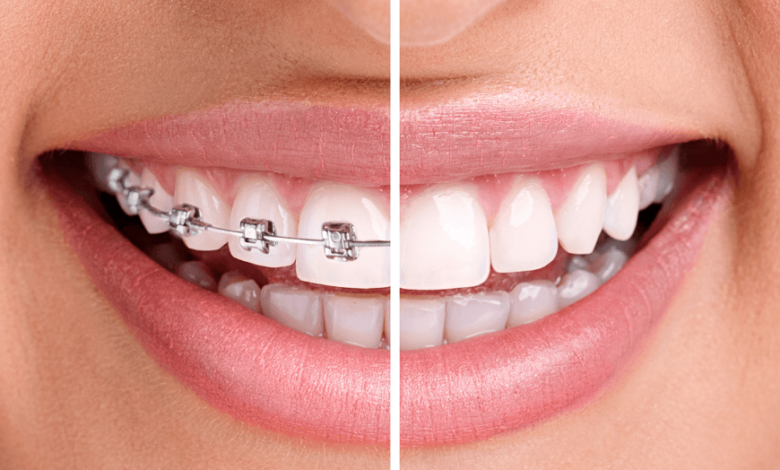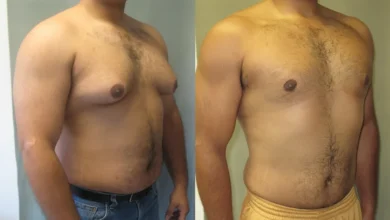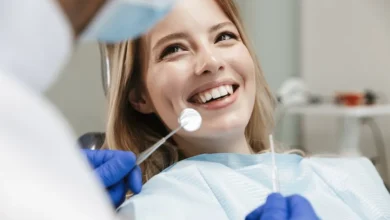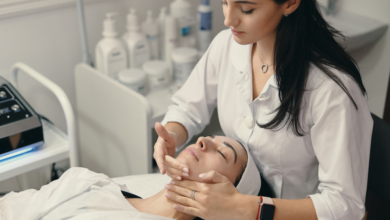How Do Clear Braces Differ from Traditional Braces?

Orthodontic treatments have significantly evolved, providing more aesthetically appealing options for patients who wish to straighten their teeth. Among these innovations, clear braces have gained popularity as an attractive alternative to traditional metal braces. Understanding the differences can help you choose the best orthodontic solution for your needs.
What are Traditional Braces?
Traditional braces use metal brackets and wires to gradually move teeth into their desired positions. They have been a reliable orthodontic solution for decades, effectively addressing various alignment issues.
What are Clear Braces?
Clear braces function similarly to traditional braces but utilise clear or tooth-coloured brackets and wires. These materials blend with your natural tooth colour, offering a more discreet treatment experience.
See also: How High-Performance Custom Websites Can Help Tech Startups
Key Differences Between Clear Braces and Traditional Braces
1. Appearance and Visibility
The primary advantage of clear braces is their aesthetic appeal. Unlike traditional metal braces, clear braces blend seamlessly with your natural teeth, making them significantly less noticeable and more appealing, particularly for adults and teenagers.
2. Materials Used
Clear braces typically use ceramic, porcelain, or clear composite brackets, whereas traditional braces employ metal alloys, usually stainless steel. These clear materials contribute to their discreet appearance.
3. Comfort and Feel
Clear braces are smoother and cause less irritation to the cheeks and gums compared to traditional metal braces. This improved comfort is due to the absence of harsh metal edges, reducing mouth sores and discomfort.
4. Cost Considerations
Generally, clear braces may be slightly more expensive than traditional braces. The advanced materials used in clear braces contribute to their higher cost, but many patients find the benefits worth the additional expense.
5. Maintenance and Care
Clear braces require diligent oral hygiene to prevent staining. Patients need to maintain regular cleaning routines, avoiding foods and beverages known to stain. Traditional braces also require good hygiene but are less susceptible to discolouration from dietary habits.
6. Treatment Duration and Effectiveness
Treatment duration with clear braces is typically comparable to traditional braces. Both effectively handle most orthodontic issues, though your dentist or orthodontist can advise on the best option for complex cases. If you’re considering discreet orthodontic options, exploring providers of clear braces Sydney can offer you personalised guidance.
Who Should Consider Clear Braces?
Clear braces are ideal for teens and adults who desire discreet orthodontic solutions. They effectively treat alignment issues such as crowding, spacing, and minor bite problems.
Frequently Asked Questions
Are clear braces as effective as traditional braces?
Yes, clear braces offer similar effectiveness in treating most orthodontic issues.
Do clear braces stain easily?
Clear braces can stain if proper care isn’t taken, but routine cleaning and dietary adjustments help minimise this risk.
Is there an age limit for clear braces?
There is no age limit; clear braces are suitable for teenagers and adults who wish to straighten their teeth discreetly.
Bringing It All Together
Clear braces offer an aesthetically pleasing alternative to traditional braces without compromising effectiveness. Their discreet appearance, comfort, and efficiency make them a preferred orthodontic solution for many.
Ready to Explore Clear Braces?
Contact your orthodontist in Sydney today to discuss whether clear braces are right for your orthodontic needs.







